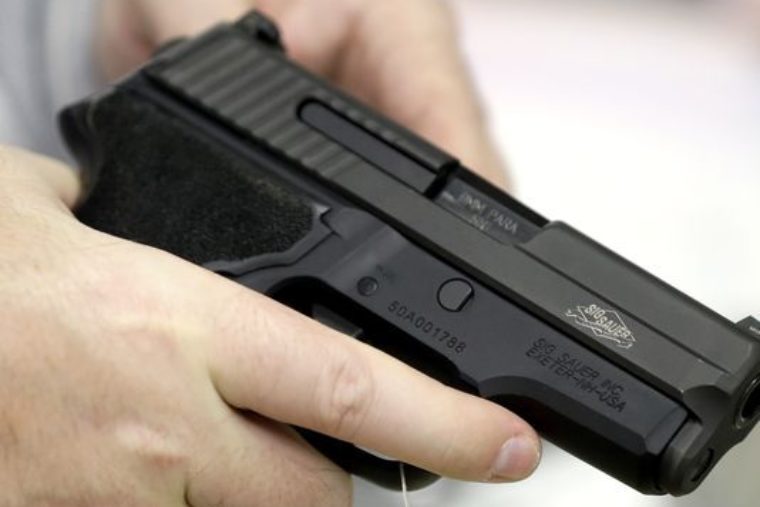FTA: There are two lessons in this. One is that courts can’t always be counted on. The other is that there are other ways to protect civil rights than filing a lawsuit. Just as Brown v. Board of Education got the desegregation ball rolling, but it took the Civil Rights Act of 1964, a decade later, to really affect institutions, I think it’s fair to say that the Heller decision made a difference, but legislation is having more of an actual impact.
Nineteenth Century legal scholar James Bradley Thayer warned that if people started relying on courts to protect their rights, they’d get out of the habit of paying attention to legislation. So maybe the courts’ weakness on enforcing the Second Amendment is at least a partial blessing, by keeping people focused on the political branches. That’s something to think about in this election year.
In 2008, the United States Supreme Court held, in District of Columbia v. Heller, that the Second Amendment to the United States Constitution protects an individual right to keep and bear arms. This past weekend, I went to a symposium at Campbell Law School in Raleigh, N.C., where a bunch of people — including Alan Gura, the attorney who argued the winning side — talked about where we are in 2018.
Prior to the Supreme Court’s decision in Heller, there hadn’t been much case law on the Second Amendment. The court’s only 20th Century opinion, in United States v. Miller, was much talked about but didn’t really do much, and much of what it did was misunderstood. For a long time, academics didn’t write much about it, until University of Texas law professor Sanford Levinson wrote in the Yale Law Journal about what he called “The Embarrassing Second Amendment.”
by Glenn Harlan Reynolds



